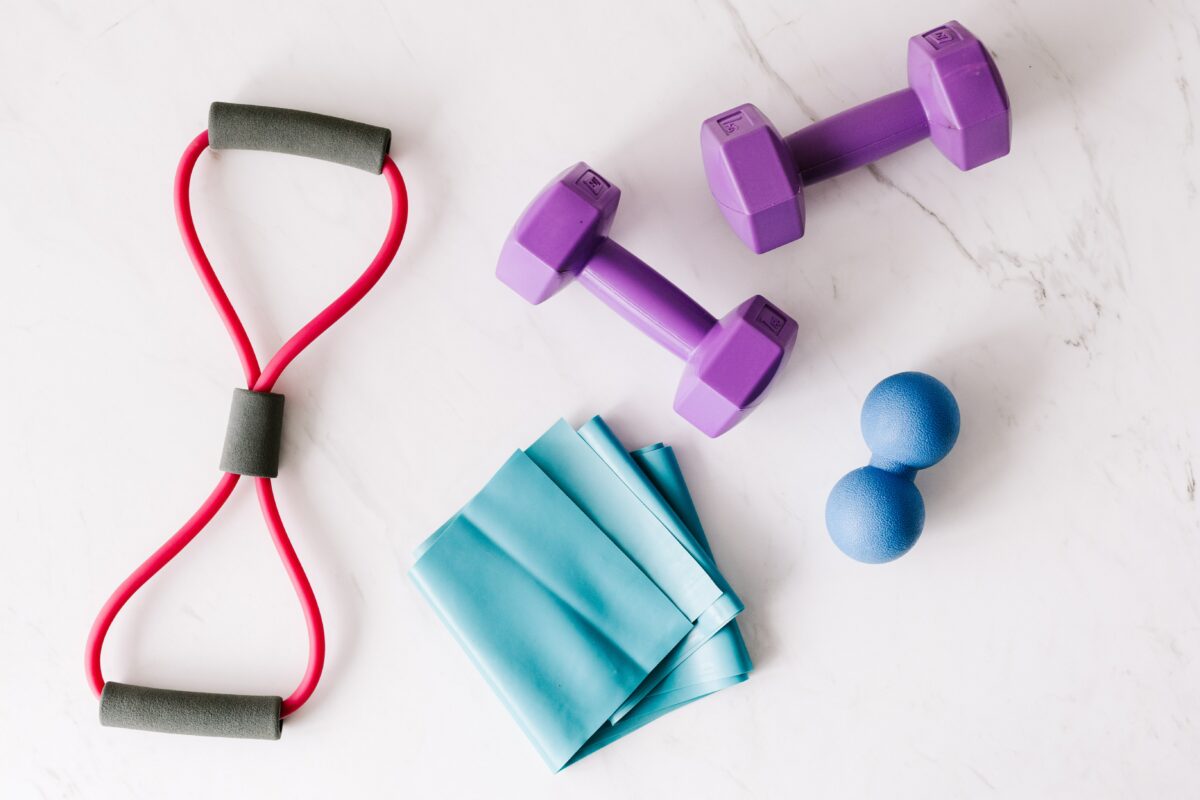Are you really eating for two? While you are definitely providing nutrition for two, you do not need that many more calories during pregnancy than your normal intake. The first trimester does not require additional kilocalories – 340 kilocalories are required in the second trimester and 450 kilocalories are required in third trimester for those at a healthy pre-pregnancy weight/BMI (Academy of Nutrition and Dietetics, 2023).
When assessing nutritional needs during pregnancy, it is important to maintain a balanced plate in terms of macronutrients (protein, fat, and carbohydrates) but vary the macronutrients regularly to help ensure intake of various vitamins and minerals.
Macronutrients for pregnancy
You could get into percentage breakdowns, but the easiest way to plan your meals is by using the plate method. This assumes:
- ½ your plate is non-starchy vegetables
- ¼ of your plate is protein
- ¼ of your plate is carbohydrates
Where is the fat? Many foods play double (or triple) duty and fall under more than one category of macronutrients. Such is the case with fat. Your fat intake will generally be included with your protein source, cooking fat like butter or olive oil that is used in vegetable preparation, and dairy that may make up a portion of your carbohydrates.
While the plate method is the preferred and easiest way to track macronutrients in pregnancy, it is important to note that many women drastically underestimate their protein needs. If you’re counting or weighing, 71g of protein per day is a good guide for the first half of pregnancy while increased need does not occur until second and third trimesters. Protein needs depend on weight — 1.1 g/kg of body weight, so some women may need more than 71 grams. If you’re struggling with protein due to meat aversions, see the below list of good sources of protein for alternatives (Academy of Nutrition and Dietetics, 2023).
Food Serving Size Protein Content
Lean beef: 3 ounces, 22 grams.
Chicken breast: 3 ounces, 26 grams
Salmon: 3 ounces, 22 grams.
Eggs: 2 eggs, 12 grams.
Milk: 1 cup, 8 grams.
Greek yogurt: 6 ounces, container 16 grams.
Northern beans: ½ cup, 6 grams
Peanut butter: 2 tablespoons, 7 grams
Meeting protein needs in pregnancy is relatively easy. Good sources include lean beef, chicken, seafood, dairy foods, beans and nuts. Keep in mind that a 3 ounce portion of meat is only about the size of a deck of cards, or the palm of a woman’s hand (FoodData Central, 2023)
Good sources of macronutrients
Protein
– Eggs
– Lean meat
– Greek yogurt
– Beans, peas, and lentils
– Chickpeas
– Nuts and nut butters
– Fish
– Protein powders
Fat
– Avocado
– Nuts and nut butters
– Pasteurized cheese
– Full fat yogurt
Carbohydrates
– Fruits and vegetables
– Sweet potatoes
– Rice
– Quinoa
– Dairy
– Whole grains
Casey Thomas-Hardesty, MS, NTP
Two Peas Wellness
Reviewed and edited by Heather Emerson-Payne, RD, PhD, 2023
References
Academy of Nutrition and Dietetics. Nutrition Care Manual. Comparative Standards, Gestational Diabetes Mellitus. https://www-nutritioncaremanual-org.wku.idm.oclc.org/topic.cfm?ncm_category_id=1&lv1=5517&lv2=18188&lv3=273833&ncm_toc_id=273833&ncm_heading=Nutrition%20Care. Accessed July 12, 2023.
Academy of Nutrition and Dietetics. Nutrition Care Manual. Comparative Standards, Normal Pregnancy. https://www-nutritioncaremanual-org.wku.idm.oclc.org/topic.cfm?ncm_category_id=1&lv1=272980&lv2=26918&lv3=268758&ncm_toc_id=268758&ncm_heading=Nutrition%20Care. Accessed July 12, 2023.
FoodData Central. U.S. Department of Agriculture, Agricultural Research Service. https://fdc.nal.usda.gov. Accessed August 14, 2023.
Institute of Medicine. 2005. Dietary Reference Intakes for Energy, Carbohydrate, Fiber, Fat, Fatty Acids, Cholesterol, Protein, and Amino Acids. Washington, DC: The National Academies Press. https://doi.org/10.17226/10490.
© WKU {2022} All rights reserved.






